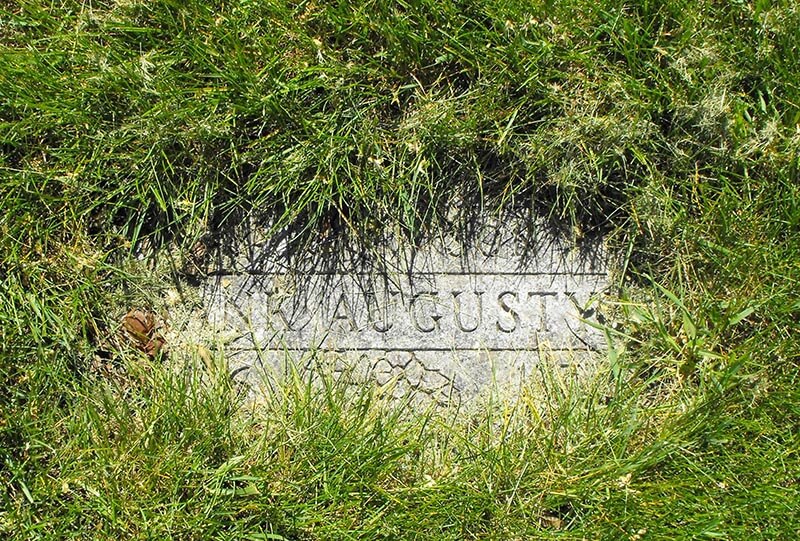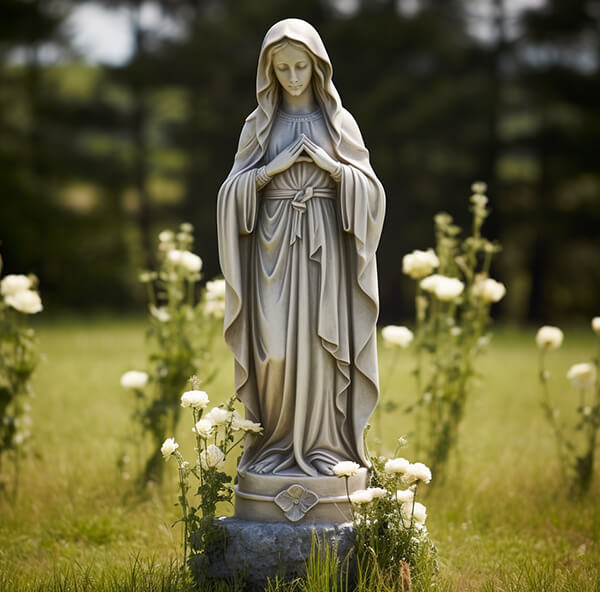What do you use to glue a vase to a headstone?
When it comes to honoring our loved ones, attaching a vase to a headstone securely is essential. Memorial flower vase suppliers offer a range of products designed specifically for this purpose. Using the right adhesive ensures that the vase remains firmly attached, even in various weather conditions. Cemetery vases and pots are available in different…
Details









